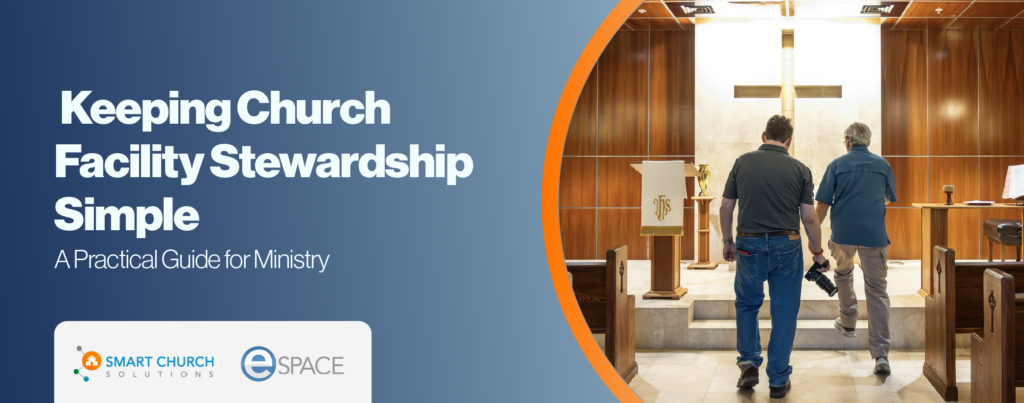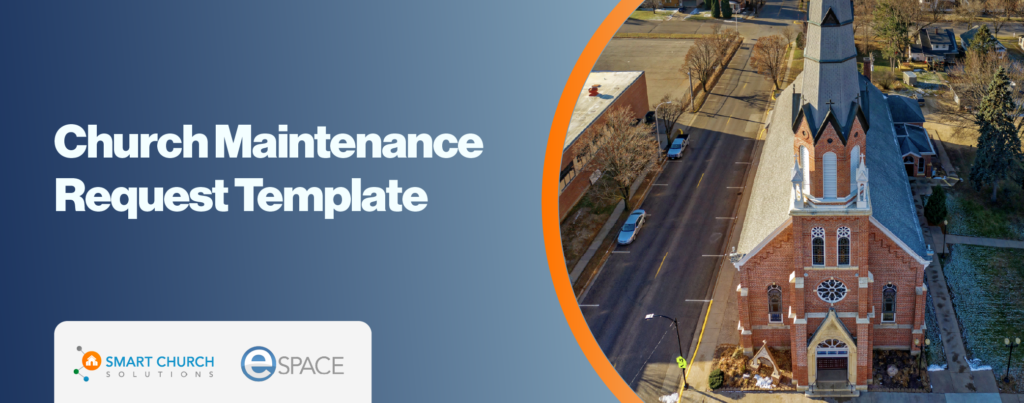Technology enhancements and time-saving improvements are everywhere. Think about everything you use today. Was it even invented 10 years ago? I realize many of you will argue that some of these new “tools” are more of a toy than a tool. But, I want to propose a few thoughts to consider:
- My new stove can be controlled from an app on my phone.
- My car warns me when I am too close to another object.
- We have Zoom and Teams meetings as if they have always been here.
- I have wireless sensors to show me if the humidity in my crawl space is at the prescribed range.
- I have several Amazon Echos to play music, set reminders, etc.
- Let’s not forget Siri, which is only seven years old.
And that is just a small sampling. Heck, the smartphone is only 16 years old, and home-based WiFi is less than that.
Over-Prioritizing AVL Systems
In the church world, people increasingly rely on technology, especially in audio, video, and lighting (AVL) departments. It has been said that most churches are nearly 10 years behind in adopting many commercially accepted technologies. However, many AVL departments are on the bleeding edge.
Hear me out; I am not opposed to great sound, lighting, and video presentation. Nor am I whining about the money spent to make the presentation of the gospel appealing and relatable to our modern culture. But what are the sacrifices to other areas of ministry?
Where would the Tech Director hang his LED screen if the roof system was failing or leaking? What would the AVL team do if the church failed to keep the worship center cool enough to compensate for the added heat from lights and equipment? What if the church wanted to upgrade the AVL system but did not have ample electrical service?
Balancing Technology and Facility Management
The reality is that 99% of AVL system installations are reliant on a physical building that has the appropriate infrastructure to accommodate it. However, let’s take the facility requirements out of the equation momentarily. (I hope I have not lost all of our tech team readers.)
Recently, one of our team members was at a church performing a Facility Condition Assessment. The church was in the midst of installing a new LED wall in their worship center to enhance the worship environment.
The worship pastor shared that he was looking forward to time savings on not having to create stage sets and backdrops. This is a prime example of how technology can actually save time and resources. But, the same church did not have a single point of operation system. Same for their door access and digital signage. They did not have sensors that would alert their staff if a major facility system was on the brink of having issues. What about saving time for the facility team by incorporating technology? In addition to time savings (time is money), what about energy savings that are perpetual costs?
Utilizing eSPACE
We have churches report that they save four to six hours a week by integrating their HVAC controls into eSPACE. That is about 200 to 300 hours a year. Who would not like to have that time to commit to further stewarding the facility that God entrusted to them? But alas, facilities too often are the last to be thought of when considering technological advancements to increase efficiencies.
So I ask: Do we have a “goose and gander” issue that needs to be addressed? If you recognize this issue in your church, I highly recommend reaching out to our team to learn how you can better steward your facility.








